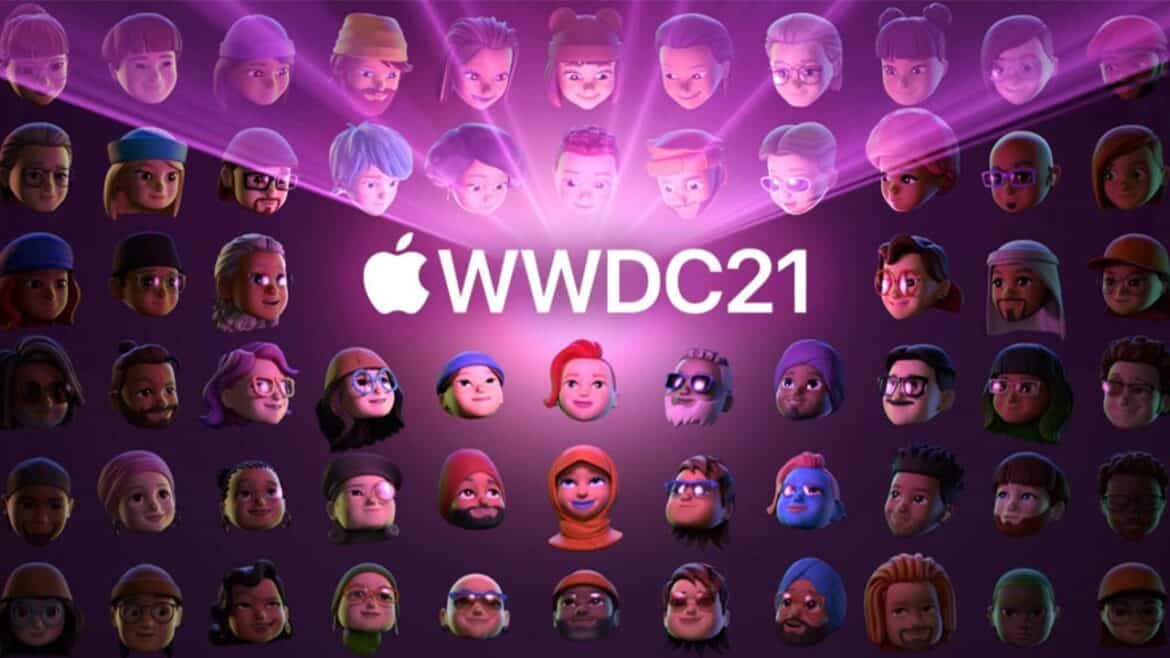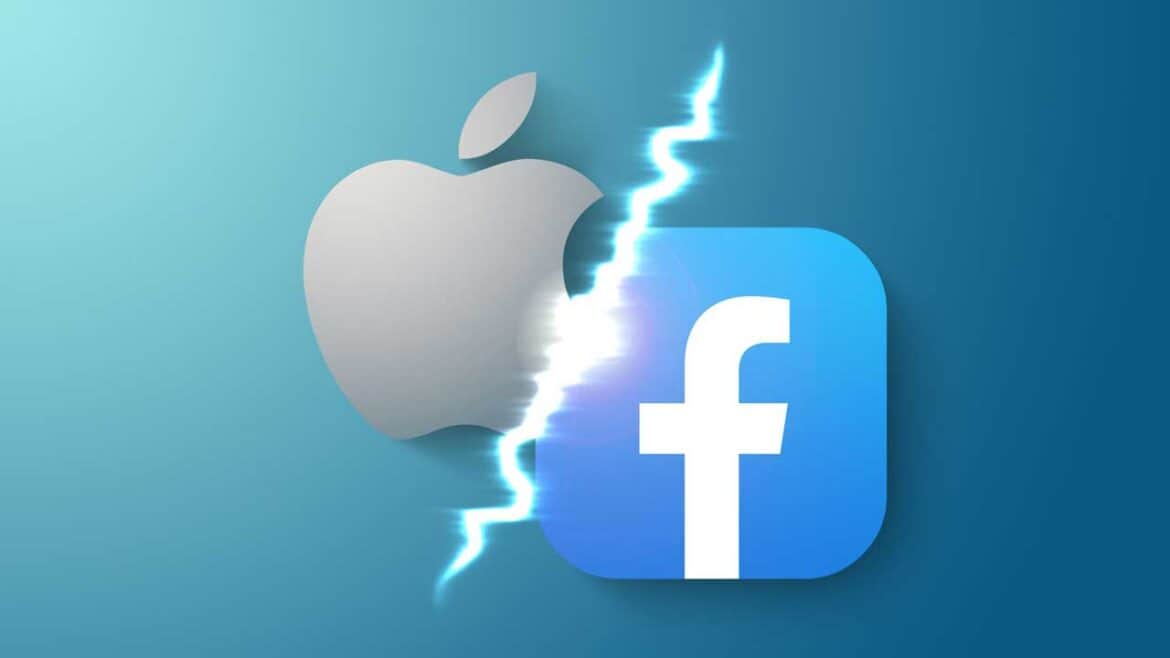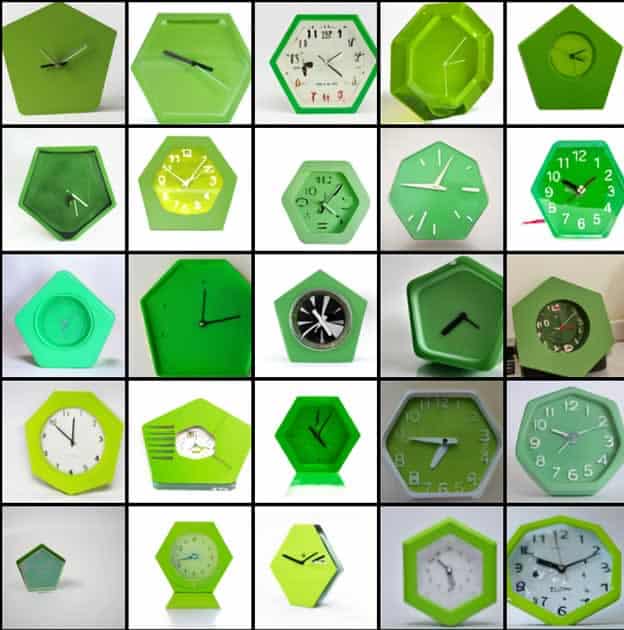Cumulative funding in insurtech startups has skyrocketed ~200% in the last year. Here are the opportunities in niche products for a post-COVID world.
The pandemic turned the insurance industry on its head, forcing incumbents to rethink their offerings and providing opportunities for startups to fill the void, such as:
Gig Workers and P2P Models: After remaining stable at ~27% for the last 5 years, the proportion of the American freelance workforce that reports freelancing full-time grew to 36% in 2020.

The shift has led to the emergence of new companies, models, and products, including:
- Collective Benefits: Gives gig workers access to a full range of protections and benefits, and has raised ~$13m since February 2020
- Duuo: A Canadian on-demand digital insurance brand that recently launched a new gig liability product based on a per-day rate
- Dinghy: Provides pay-as-you-go business coverage for freelancers
- Snack: Offers microinsurance policies for Grab drivers (a ride-hailing service in Asia)
Last year we wrote about Bread Funds, a pioneering model of self-organizing, P2P insurance in the Netherlands, which emerged as early as 2006 and provides income protection to the self-employed.
There’s an opportunity to explore a platform play.
VouchForMe in the UK provides an online platform that enables freelancers and entrepreneurs to form and manage their own P2P income protection insurance groups. The company charges users a one-time activation fee of €100 (~$117) and a monthly platform fee of €5 (~$6).
You could do the same, but without limiting your offering to freelancer insurance. Allow groups to self-organize across a number of niche products, including motor, extreme sports, and even bicycle insurance.
Laka, a London-based brand organized as a collective (rather than a for-profit company), focuses on providing niche products specifically for cyclists. They have raised ~$9.4m since launching in 2017.
Pandemic-Proofing and Usage-Based Insurance: COVID-19 forced the industry to innovate for a new world in which deadly global virus outbreaks are possible (probable? Please, God, no).
Airlines, for example, now offer COVID-19 insurance, with some even covering medical expenses and quarantine costs.
Companies like SpottedRisk and Elite Risk have started offering insurance products for more niche markets, like the indie film industry — protecting production companies against cast members falling sick with COVID during filming.
Machine Cover, which uses various nontraditional metrics to address risk, are also innovating in this space. For example, they use traffic data around businesses like beauty salons and restaurants to determine if/when a policy should automatically pay out.

Demand for more flexible solutions and usage-based insurance (UBI) options like these is soaring.
A 2020 report by Capgemini found that consumer demand for UBI increased from 35% in 2019 to 51% in 2020. The size of the UBI market is expected to balloon 525% from $24B in 2019 to $126B by 2027.

There’s an opportunity to provide niche UBI products like pay-as-you-drive motor insurance for WFH employees, or for specific events that are canceled on account of a positive COVID-19 test.
You could build an insurance marketplace, similar to Lloyd’s (which has its eyes set on becoming the world’s most advanced digital insurance marketplace), but with a focus on niche UBI products.
Blockchain and DeFi: Automatic, self-executing insurance policies like the ones offered by Machine Cover are often enabled by blockchain technology and smart contracts.
Decentralized insurance applications like Etherisc, Guardtime, and Lemonade will become more commonplace as adoption of blockchain technology continues.
There’s also an opportunity to provide insurance products to blockchain companies and users. Nexus Mutual, for example, provides cover against bugs in smart contract code, as well as crypto wallet cover.
There will be opportunities for niche products as the DeFi industry continues to expand.
Original article by Julia Janks at Trends.






